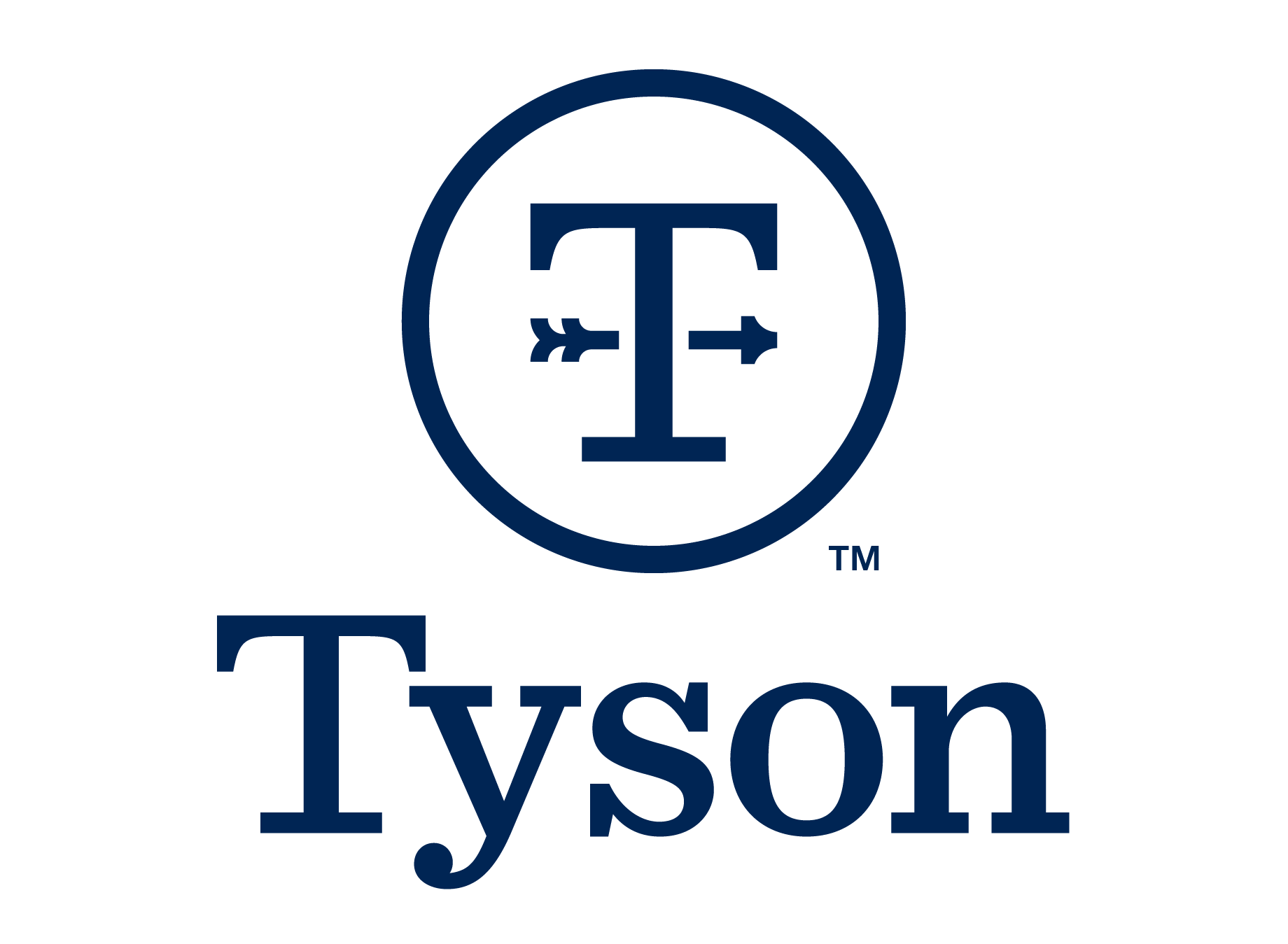by Jeffrey Kleintop, Senior Vice President and Chief Global Investment Strategist, Charles Schwab & Co., Inc.
Key Points
- Additional trade tariffs may prolong and deepen the global downturn in manufacturing, with negative consequences for stocks.
- Manufacturing cycles tend to last about three years, the first two mild corrections and the third leading to broader economic weakness and recession.
- Staying as far as possible from the successive waves of U.S.-China trade barriers might offer a relative growth advantage for companies based in Europe and Japan.
Tariffs tanking manufacturing
Following stalled U.S.-China trade negotiations last week, U.S. President Trump tweeted on August 1 he intends to impose a 10% tariff starting September 1 on the remaining $300 billion in Chinese imports. Despite its description as a small tariff, and assurances that Trump looks forward to a “positive dialogue with China,” an additional 10% tariff (with likely retaliation by China) may prolong the global downturn in manufacturing.
The global manufacturing purchasing managers index (PMI), derived from a survey of executives from 32 of the world’s top economies accounting for 85% of global GDP, is the most broadly used measure of world-wide manufacturing. As of last week, this index has now fallen for a record 15 months in a row – beginning its decline with the initial U.S.-China tariffs implemented at the end of March 2018, as you can see in the chart below.
15 months: longest losing streak for global manufacturing PMI

Source: Charles Schwab, Factset data as of 8/1/2019.
Rebound or recession
On average, manufacturing cycles last about three years. Activity usually rises for about 18 months, then slides for about 18 months, as you can see in the chart below which looks back at the past 30 years. Since the global PMI only goes back to 1998, we include the U.S. PMI, with its longer history, too and highlight these repeating cycles. There are typically three manufacturing cycles per economic cycle. After a recession resets the economic cycle, the first two manufacturing cycles tend to be mild downturns, and the last one tends to lead to broader weakness and result in a recession.
Manufacturing mini-cycles

Source: Charles Schwab, Factset data as of 8/1/2019.
The pattern of manufacturing mini-cycles suggest one of two outcomes:
- Since downturns in manufacturing have tended to last about 18 months, we may be getting close to the end. The PMI has now declined for 15 months in a row after having peaked 19 months ago in December 2017, potentially pointing towards a rebound.
- Alternatively, this decline may align with the end of the overall economic cycle. The PMI may continue to decline another 10 points or so, indicating a global recession
Manufacturing matters
Why is manufacturing is so important to the economic and market cycle? Earnings are the most important long-term driver of the stock market. Corporate earnings tend to closely sync up with manufacturing cycles, with the PMI leading earnings by nine months, as you can see from the chart below.
Manufacturing PMI indicates where earnings may be headed over next nine months

Source: Charles Schwab, Factset data as of 8/1/2019.
If corporate earnings are falling, stocks tend to slide also. In the chart below, the PMI and stocks tend to move in sync with each other as markets react to the signal on the direction of earnings growth. Significant further downside for the PMI suggests the potential for meaningful losses for stocks.
In sync: manufacturing PMI and stock prices

Source: Charles Schwab, Bloomberg data as of 8/1/2019.
Shelter from the storm?
With renewed trade tensions adding further pressure to manufacturing, an upturn may not be likely. In fact, the rate cut by the Federal Reserve last week, which came just before the President announced the new tariff, may have emboldened the U.S. administration to pursue a more aggressive trade policy.
China’s immediate response has been to allow their currency to depreciate (a 10% tariff on $300 billion in imports resulting in $30 billion in tariffs would be fully offset by a decline in currency of 6% on the total $500 billion of US imports from China). But this can destabilize markets with Chinese companies that borrowed in dollars facing a greater debt burden and U.S. companies selling to China having to discount their products, among other impacts that can further darken the outlook for manufacturing.
While there may be no winners in a trade war. By staying out of the fight, a country may be able to lessen the collateral damage. For Europe and Japan, there is no direct hit from the U.S.-China tariffs. The U.S.-China trade tempest may not subside anytime soon and investors may seek shelter from the rising storm. Despite the worrisome global trend in manufacturing, staying as far as possible from the successive waves of trade barriers might offer a relative growth advantage for companies based in EAFE countries and support the forecast by the consensus of Wall Street analysts for stronger earnings growth for companies in the MSCI EAFE index of developed international stocks than in either the U.S. or China in the second half of this year.
A breakthrough in trade talks could eventually relieve trade tensions. However, in the near-term, there may be further downside to manufacturing, the outlook for earnings growth and stock prices, raising the risk that this mini-cycle turns into a broad recession. With global recession risks increasing, we suggest investors check their portfolios to make sure they are diversified across asset classes, as well as international versus domestic exposure.
Copyright © Charles Schwab & Co., Inc.















